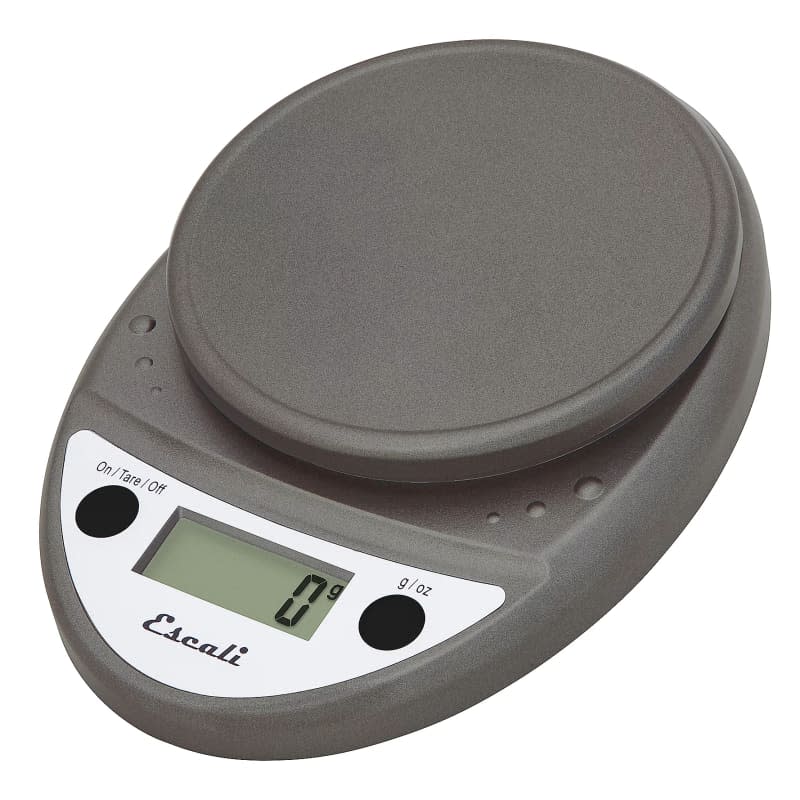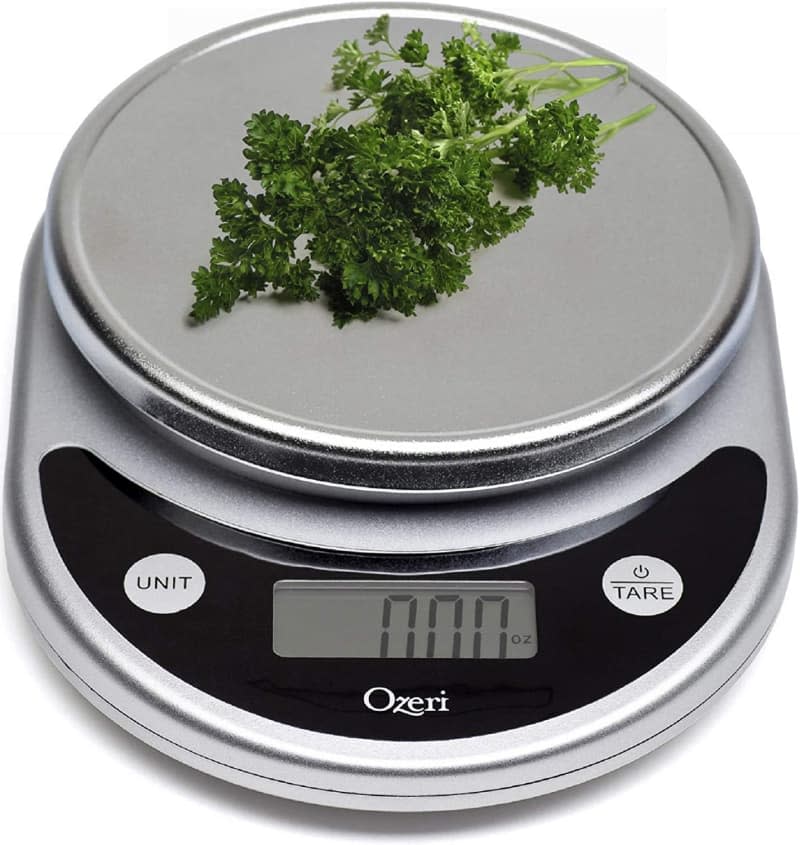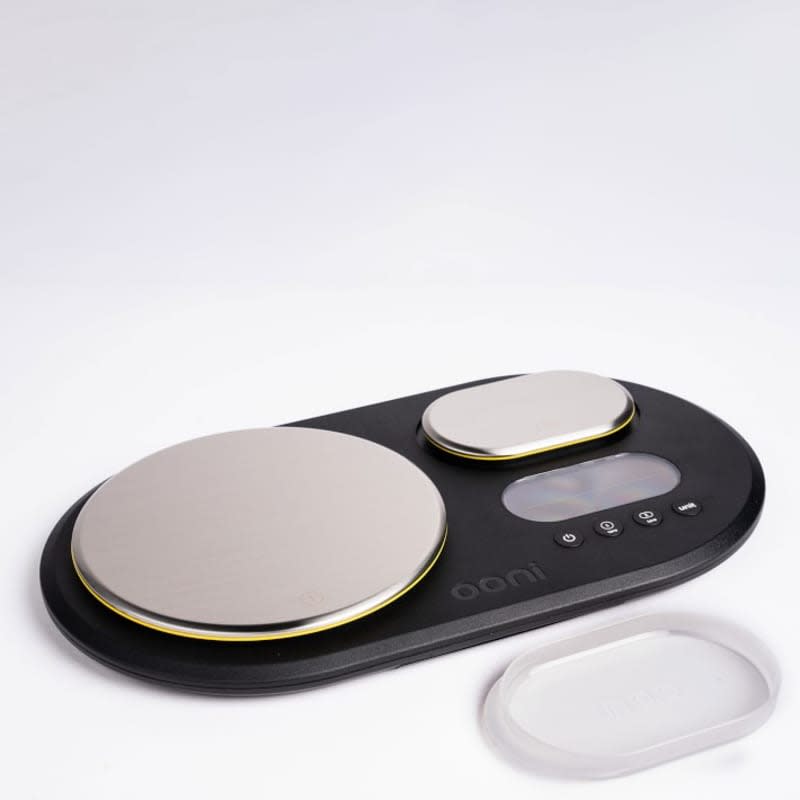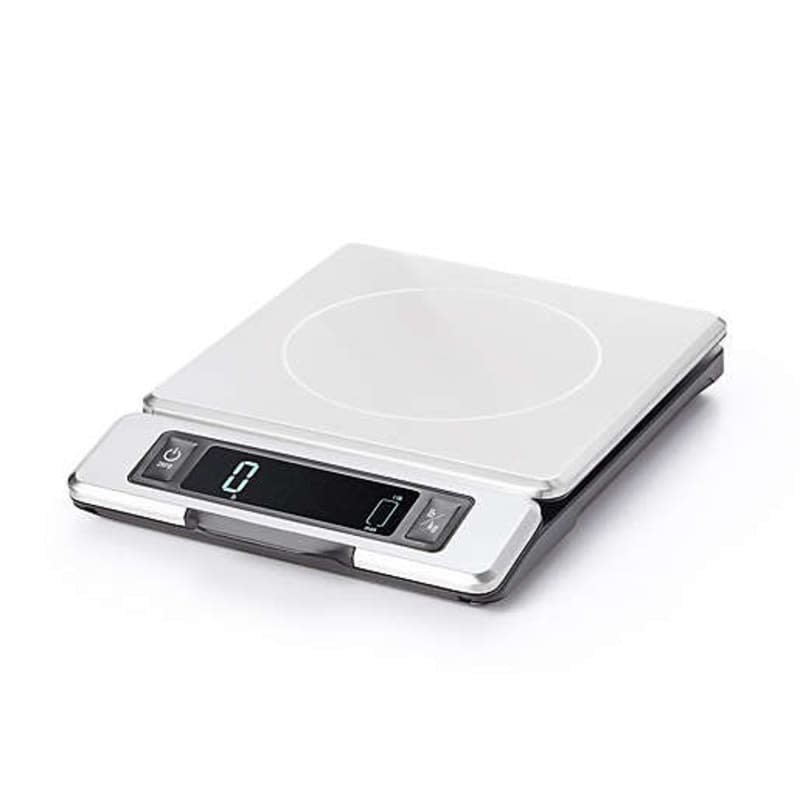I Tested Nearly a Dozen Kitchen Scales — These Are the Absolute Best Ones Out There
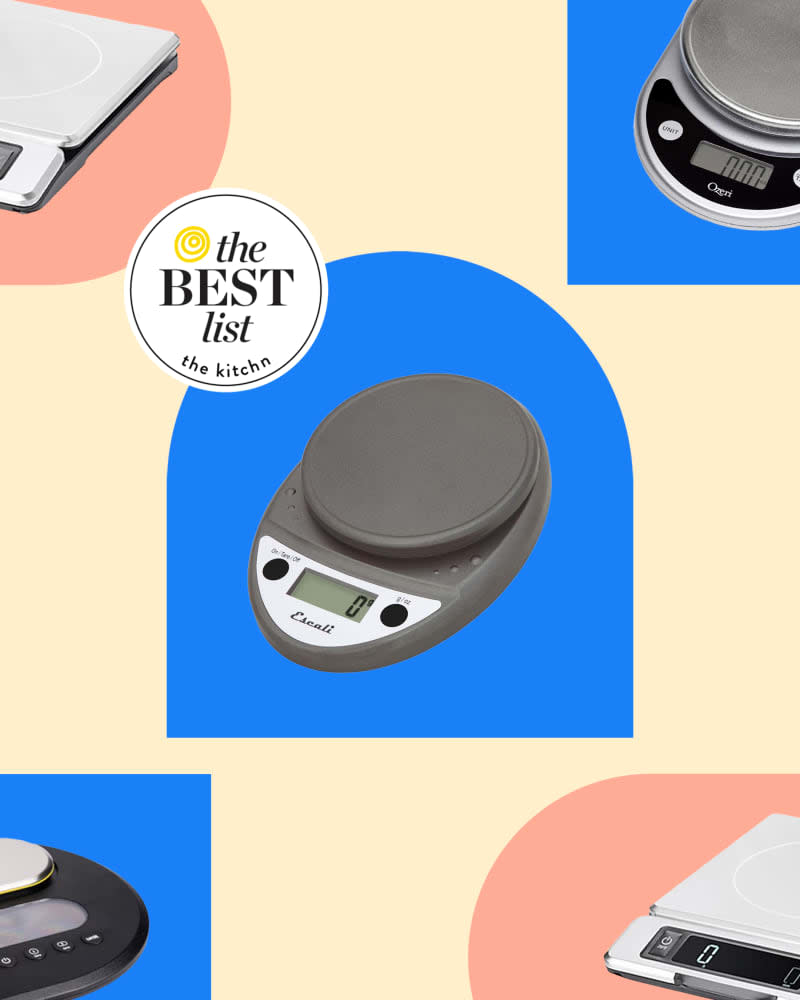
If you want to improve as a home cook or baker, ditch the measuring cups and embrace the idea of cooking and baking by weight. Using a kitchen scale to weigh your ingredients is the most accurate way to ensure recipe success, and once you get used to it, it’s a whole lot faster and easier, too. To find the best one out there, I put nearly a dozen different kitchen scales through the same four tests. I was testing to see which ones are the most accurate, reliable, intuitive to read, and easy to clean. I stuck to digital models with a maximum capacity no less than 10 pounds and with both gram and ounce measurements.
I also reached out to some other cooks and food writers to ask them what they want in an ideal scale. I didn’t want to miss anything! Turns out, there was a resounding cry for more than one number after the decimal point in the ounce measurement mode. Don’t worry, friends. Three out of the four winners have you covered.
If I could just say one thing about kitchen scales, it’s that you should get one! It will drastically change your kitchen game. All of the ones I tested were pretty good, but there were some clear winners. Let’s take a deeper look.
The Best Kitchen Scales
Best Overall: Escali Primo Digital Kitchen Scale
Best Budget Option: Ozeri ZK14-S Pronto Digital Multifunction Kitchen and Food Scale
Best Large-Capacity Scale: Ooni Dual-Platform Digital Scales
Easiest to Read: OXO Good Grips Stainless Steel Scale with Pull-Out Digital Display
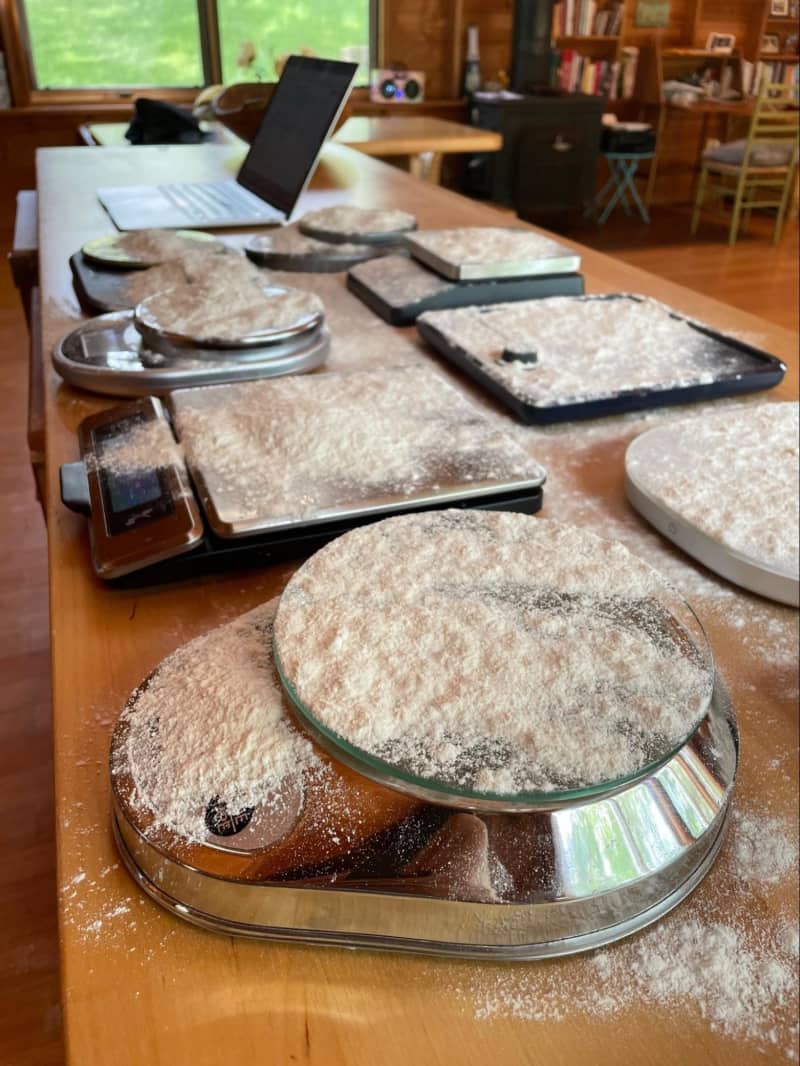
The Tests
Weigh a nickel (which has a known weight of 5 grams) in the center and on each corner of the scale.
Place a very large bowl on the scale and dump two cups of rice into the bowl to judge stability and display readability.
Time how long the scale takes to turn on and automatically shut off.
Sprinkle 1 cup of flour on the scale, then clean it up.
Why You Should Trust Us
I’ve used a kitchen scale just about every day of my career. That means I’m not just passionate about scales, I’m also utterly dependent on them. I’m always nagging my friends and family to buy a scale to improve their kitchen experience, and now I’m doing the same with you. Please heed the call! Back to why you should trust me: I am a professional recipe developer, equipment tester, and food writer. My work can be seen in Cook’s Country (magazine and television show), America’s Test Kitchen Kids cookbooks, Serious Eats, Hannaford’s Fresh magazine, and Kitchn.
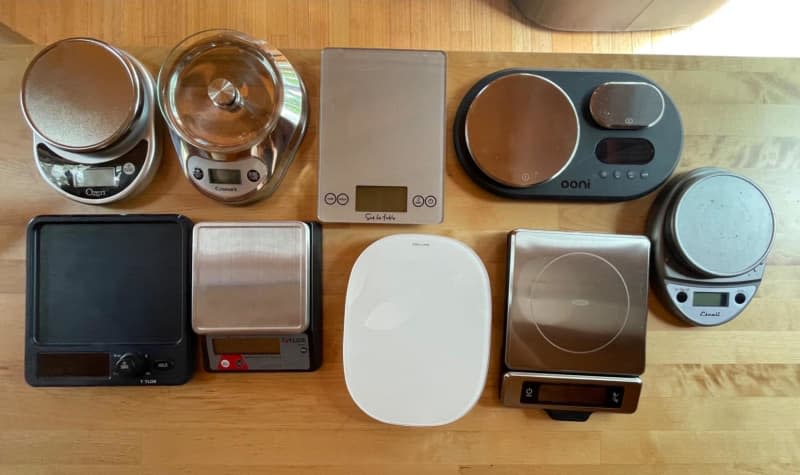
What to Consider When Buying a Kitchen Scale
Accuracy
The whole point of using a kitchen scale instead of measuring cups is to get consistent, accurate measurements. So the scale needs to be, well, consistent and accurate. To test for both of these basic functions, I weighed a nickel on each scale to ensure it registered exactly 5 grams. I repeated this test four more times on each scale, placing the nickel on the corners of the square platforms (and the 12-, 3-, 6-, and 9-o’clock positions on the circular platforms), to see if there were any areas that registered skewed weights. Every scale in the line up correctly identified the nickel as 5 grams when measured in the center of the platform. Four of the scales, however, had minor discrepancies when weighing the nickel on one or more of the corners.
Also: To get a truly accurate ounce measurement, a scale needs to be able to measure to at least two decimal places. If you are looking for 1¾ ounces of sugar in a recipe, you don’t want to have to guess between 1.7 and 1.8 on the scale display. To this end, I preferred the scales that could give me a solid 1.75 ounce confirmation. There were only three scales that had that ability, and they all made it to the winners list.
Speed
While not paramount, a speedy measurement sure does make you feel more confident. The scales I tested took between 2.0 and 3.7 seconds to turn on, all of which were acceptable. I also timed any lags between adding ingredients to a bowl on the scale and the output on the display and I was happily surprised that there were no lags. There were two scales that waffled a bit, back and forth, before landing on a final measurement; this I found to be unsettling and ultimately lessened their appeal.
Readability
No matter how accurate your scale is, if you can’t read the measurement on the display, it’s pretty useless. I examined three features on each scale to determine which were the easiest to read.
Display color and background: The colors and brightness used for the background of the display and the digits varied quite a bit. I found the easiest-to-read screens had very bright displays with high contrast—like a black background with white digits. The scales that had dark gray backgrounds and black digits were harder to read.
Digit size: I measured the height of the digits on each scale. They ranged from 0.5 inch to 1.25 inches high. While I found the biggest digits easiest to read, anything 0.75 inch and taller was totally acceptable.
Display placement: Even with a bright, high-contrast display and large digits, it can still be hard to see the display if there’s a large bowl blocking the display.
Stability
I expected there to be some variation in stability among the different scales. In fact, I’d figure I’d have a bowl dramatically topple over when I aggressively dumped rice into it, but no luck. None of the bowls slipped or even wobbled on any of the scale platforms. However, the larger platforms felt a bit more stable when using larger vessels. Platforms varied in size from 5.2 inches to 9.5 inches in diameter. Bigger isn’t always better, though. Larger scale footprints are more difficult to store in tight home kitchens.
While you definitely want a stable scale, portability is also a factor to examine before making your purchase. Because I cook and teach at different venues, I want something that I can (quite literally) throw into my bag and use anywhere without any setup. And maybe you’ll want to bring yours with you, if you’re headed to an Airbnb? The scales I tested varied in weight from 11.7 ounces to 27.9 ounces and were made from a variety of materials like plastic, stainless steel, and glass. I preferred the scales made of heavy-duty plastic that were lightweight and didn’t feel fragile or breakable (like the glass models).
Ease of Use
A kitchen scale should be incredibly easy and intuitive to use. Ideally, it will measure in both imperial and metric units, and it will be easy to change between the two. And it will be easy to tare and start a new measurement. Also: A scale should be super easy to clean. You can’t submerge a scale in water, so you need to be able to thoroughly wipe it down between uses. Designs with extra nooks and crannies make this difficult. Scales with simple, seamless profiles make cleaning up simple. When it came down to evaluating the ease of use, the biggest factor was the button design. My least favorite model had the unit button located on the underside of the scale, requiring you to lift it up and search blindly with your fingers to find a rather elusive button to switch between ounces and grams. I found touch screen-style buttons to be difficult to use, too. I liked the ones with slightly raised, large buttons that felt more satisfying to press.
What We Look for In a Kitchen Scale
I judged all of the kitchen scales on a scale of 1 to 5 (1 being the worst and 5 being the best) through a course of four tests, evaluating them each on the following criteria:
Accuracy: A scale needs to measure an ingredient’s weight correctly every time, regardless of where on the scale platform it is placed. The reading should not waiver and should register quickly after ingredients are added.
Readability: We want a brightly lit, large display with high contrast between the background and the digits. Extra points for creative solutions to increase visibility even when measuring ingredients into a large vessel atop the scale.
Cleanup: Nooks and crannies are the enemies when it comes to wiping down your scale. We want simple, sleek designs with raised buttons (rather than grooved inset buttons).
Best Overall: Escali Primo Digital Kitchen Scale
I love the simplicity of the Escali scale — the raised clicky buttons, the lightweight yet stable feel of it, and the intuitive two-button design. It’s everything you need, and nothing you don’t. One of the lightest scales in the line up, it’s highly portable and a breeze to store. When measuring in ounces, you get two decimal places for optimal accuracy. I’ve been using this scale since my first days of Pastry School, a decade and a half ago, and it has never, ever disappointed me.
Specifications
Weight: 11.7 ounces
Platform Dimensions: 5.2-inch circle
Maximum Capacity: 11 pounds
Rating Criteria
Accuracy: 5
Readability: 4.5
Cleanup: 5
Who it’s best for: Absolutely everyone!
Good to know: This scale comes in many colors including metallic, black, chrome, pumpkin orange, royal blue, soft pink, soft white, tarragon green, and warm red.
Best Budget Option: Ozeri ZK14-S Pronto Digital Multifunction Kitchen and Food Scale
This scale has a very similar design to the Escali. It, too, is intuitive to use, easy to clean, and has those two coveted decimal places when measuring in ounces. While it feels a touch less stable than the Escali (and little less well made), it’s an amazing option for the price.
Specifications
Weight: 11.9 ounces
Platform Dimensions: 5.5-inch circle
Maximum Capacity: 13 pounds
Rating Criteria
Accuracy: 5
Readability: 4
Cleanup: 5
Who it’s best for: The cook who needs a scale but wants to spend less than $15.
Good to know: You may need to provide your own batteries; the batteries that came with the scale I ordered were spent upon arrival.
Best Large Capacity Scale: Ooni Dual-Platform Digital Scales
This design is super-unique: the scale has two measuring platforms. The large platform can measure up to 22 pounds; the small platform has a capacity of 7 ounces and is meant for precise (down to a tenth of a gram!) tiny measurements (think: salt, yeast, baking soda, etc.). It has a sleek design with display screens located off to the side for better visibility.
Specifications
Weight: 1 pound 10.8 ounces
Platform Dimensions: 5.8-inch circle (platform 1), 4-by-2.5-inch oblong (platform 2)
Maximum Capacity: 22 pounds (platform 1), 7 ounces (platform 2)
Rating Criteria
Accuracy: 4
Readability: 4
Cleanup: 4.5
Who it’s best for: Bakers and pizza-makers who want the ability to measure out large quantities (like flour for big batches of dough) while also having maximum precision on small measurements (like yeast or baking soda, for example).
Good to know: This scale is made by Ooni, a pizza oven manufacturer. If you’re a pizza-making pro, this might be the perfect addition to your culinary arsenal.
Easiest to Read: OXO Good Grips Stainless Steel Scale with Pull-Out Digital Display
My favorite feature on this scale is the pull-out display. It really guarantees readability, regardless of what vessel you place on top of the platform. It’s incredibly easy and straightforward to use. The display is brightly lit and has nice, large digits. An additional helpful feature unique to this scale is its maximum capacity indicator on the display; you can monitor how much more you can add to the scale before it maxes out and displays an error.
Specifications
Weight: 1 pound 10.4 ounces
Platform Dimensions: 7-inch square
Maximum Capacity: 11 pounds
Rating Criteria
Accuracy: 4
Readability: 5
Cleanup: 5
Who it’s best for: The home cook who wants a frustration-free scale that’s always readable.
Good to know: This scale comes with a lifetime manufacturer’s warranty.
The Kitchn’s Best List Promise
We will do our homework, going wildly in depth with our testing. But we condense the info into easy, breezy summaries so that you can see what we picked and why, then move on with your life. Because we know you’re busy!
Do you have any lingering questions about kitchen scales? Leave them in the comments below!
